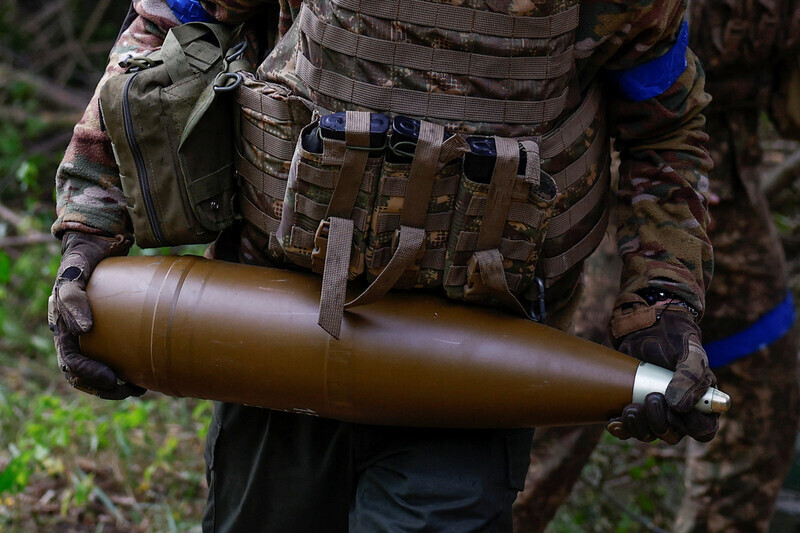
A Ukrainian soldier carries an artillery shell near the front line of the war with Russia in Kharkiv on May 21, 2024. (Reuters/Yonhap)
During World War I, the British faced a shortage of artillery shells, threatening their ability to combat German forces. Chaim Weizmann, a professor at Manchester University, discovered a method of deriving acetone from acorns and horse chestnuts, which were turned into shells by children. This pivotal innovation helped the Allies claim victory in the war.
Today, artillery remains a crucial weapon in conflicts, as demonstrated by the Russia-Ukraine war. Artillery fire accounts for about 80% of casualties on both sides. Russia’s significant shell production poses a challenge to Ukraine, which relies on Western support for ammunition.
Efforts to supply Ukraine with artillery shells have faced obstacles, with delays in deliveries from the US and EU. Japan and Korea, also using 155 mm artillery, have explored methods to provide shells indirectly. As the conflict intensifies, the reliance on traditional artillery showcases the enduring importance of this weapon in modern warfare.
By Hong Seock-jae, staff reporter. Contact [english@hani.co.kr] for questions or comments.
